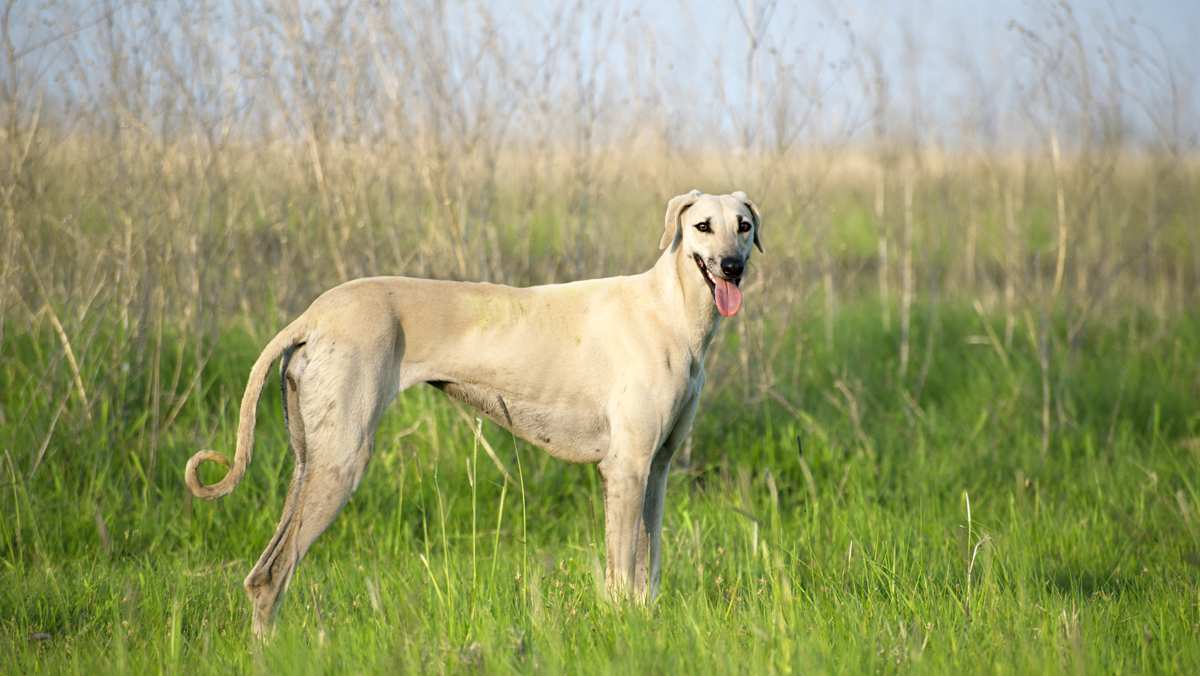Sloughi Breed Details
A member of the Hound group, the Sloughi is a lean sighthound, a type that has existed as a small game hunter since ancient Egyptian times. These "no-nonsense" dogs are independent and sensitive, and are best with families with older children or those in need of a hunting companion.
A few Sloughi Hound facts: they're medium to large in size, averaging 26 inches at the shoulders in height and 60 pounds in weight; they have short, smooth coats that don't shed too much; and they have high prey drives, which means they'll instinctively chase small animals.
Some advantages and drawbacks to owning this swift breed:
